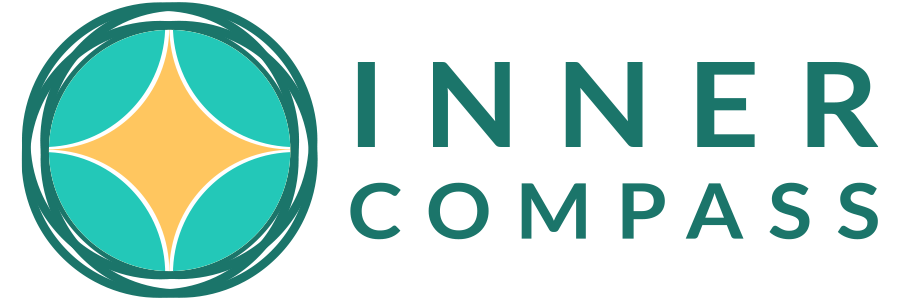Glossary
Glossary
Anti-oppressive: Anti-Oppressive practice seeks to recognise the oppression that exists in our society and attempts to mitigate its affects, in therapy this is done in part by lowering the power dynamic and being transparent about the therapeutic process.
Archetypal: The use of archetypes in the art therapy exploration.
Archetypes: A constantly recurring symbol or motif in literature, painting, or mythology.
Burn out: When a person’s health becomes compromised through being overworked or when a therapist cannot provide help at an optimal level due to stress from overworking and emotional fatigue.
Consciousness raising: A feminist form of activism in which awareness is brought to certain causes or conditions in society.
Emotional resiliency: The ability to adapt to stressful situations, skilfully navigating through crisis and cope psychologically, “bouncing back” from times of high stress. Through practices and perspectives that enhance resiliency resources, everyone can learn it.
Expressive therapies: Expressive therapy is humanistic in nature, responding to the whole person as they are in the here-and-now rather than the problem; and the emphasis is put on the human experience, viewing healing as both an alleviation of pain and restoring of oneself.
Feminist art therapy: Interested in the social context of an individual, feminist art therapy believes illness is generated in and by social structures and relationships. It aims to cultivate and maintain non-abusive practices with enhanced awareness of ‘intersectionality’ and efforts in ‘consciousness raising.’ It is non-pathologizing and anti-oppressive in nature, seeking equality, and attempts to undo particular social norms, which creates stress and perceived illness, as well as attempting to lower the power dynamic between therapist and client. A feminist therapist aims to create a space for multiple perspectives and diversity.
Flow: The state in which the prefrontal cortex down-regulates and limits processes in the explicit system such as time tracking. The implicit system is in charge, muting thoughts of self-consciousness and other everyday thoughts, allowing for an increased state of calm and pleasure. It promotes concentration on the here-and-now and can lead to optimal well-being resulting from feelings of accomplishment, control, and autonomy.
Focusing-oriented art therapy (FOAT): Using the concept of mindfulness it follows 5 steps (1) recognise feelings; (2) be one with the feeling; (3) calm the feeling; (4) release the feeling; (5) look deeply. It uses mindfulness techniques such as mindful breathing and body awareness of feet on the ground to help ‘ground’ the client during Focusing.
Heart-centred: Being heart-centred means approaching life from a place of inner strength, resiliency, courage, authenticity and truth.
Intersectionality: All aspects of identity important to the individual. This includes social categorisations such as, gender, sex, ethnicity, class, sexuality, and religion.
Mindfulness: Attuning to mental, emotional, and physical experience and the here and now while attempting to suspend judgement.
Non-pathologizing: To view every individual/client/participant as capable of healing and possible of positive change.
Person-centred: A person-centred approach believes that the client/participant has the innate capacity to guide their own growth and healing, that they are the primary agent of change. The therapist attempts to create an environment of safety and trust in which personal growth can occur for the client.
Phenomenological approaches: Phenomenology is a philosophical method and aims to find the essence/truth of a thing/subject. A phenomenological approach uses a process of steps to find this truth, starting with a description, then reducing by bracketing out assumptions, before discovering and ending with the essence.
Positive art therapy: Positive art therapy comes from the mission of positive psychology. The intent is to promote well-being by focusing and building upon what is good in our lives while acknowledging the struggles.
Psychodynamics: The study of the interrelationship between the various parts of the psyche or a person’s personality as it relates to mental, emotional and motivational forces at the unconscious level and how it affects behaviour. All psychodynamic theories are based off the original ideas of Freud’s Psychoanalysis. Psychodynamic theorists include, Carl Jung, Melanie Klein and Alfred Adler.
Relational art therapy: The emphasis is on the relationships within the therapeutic process and reflects on the nature of art in which relational connections with the self, others, art process/product, and socio-political contexts are cultivated and deepened.
Sensorimotor: A stage of cognitive development. This is the first stage of Piaget’s cognitive developmental theory ranging from birth till 2 years of age. During the sensorimotor stage a child learns to interact with their surroundings using their senses. An activity is a sensorimotor activity if it engages the senses.
Somatic therapies: Somatic therapy focuses on the mind-body connection. Somatic therapists believe that the way someone feels mentally affects how they feel physically.
Spiritually integrated: Spiritually integrated psychotherapy is an approach that addresses the spirituality of the client, the spirituality of the therapist and the process of change. Through spiritually integrated psychotherapy, people can draw from psychological, religious and spiritual perspectives to create and sustain a meaningful purpose in life. Spiritually integrated psychotherapy draws on the resources of a variety of traditions, depending on the needs of the particular client.
Strengths-based: An approach to therapy, which emphasises a person’s unique resources, talents, strengths, skills, and abilities.
Third-hand approach: The art therapist assisting the client/participant with their art without intruding on their process or imposing one’s own artistic style or values. Some examples of the third hand approach are guiding a person’s hand as they hold a pencil or paint brush, cutting out images for collage, taping down their paper and opening the caps on the paint bottles etc.
Trauma-informed: Being trauma informed means aiming to avoid re-traumatising individuals and to support safety, choice, and control to promote healing.

